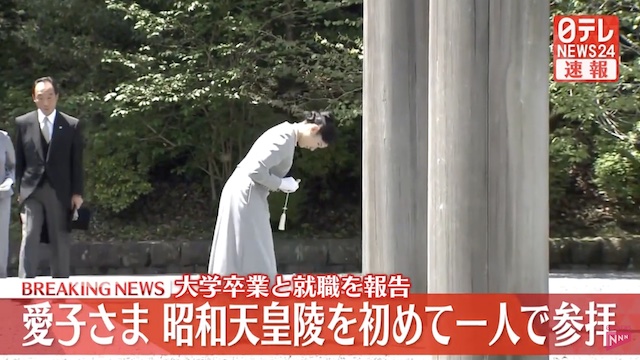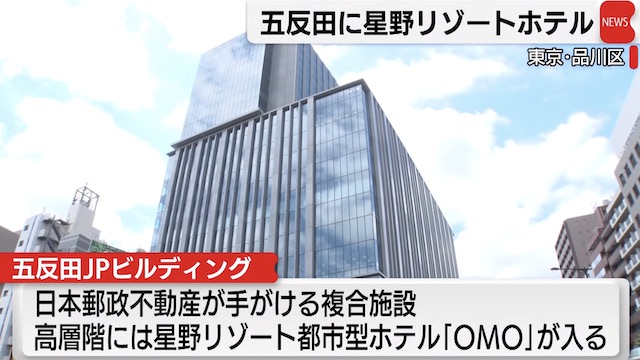Aug 10 (Japan Times) - Although Nara has become a favorite of international tourists in recent years, the city, which served as the nation’s ancient capital from 710 to 784, has historically been a bit off the beaten path.
Heijokyo, or Heijo Palace, as Nara was then known, was the easternmost terminal of the Silk Road and the center of Buddhism in Japan. It drew scholars and religious leaders from Korea, China and other parts of Asia in what was a long and sometimes difficult voyage by land and sea.
Today, though neither an arduous nor dangerous journey, Nara remains less convenient to reach by rail from other parts of Japan than neighboring Kyoto or Osaka. But a campaign promise by Nara Gov. Shogo Arai, who was re-elected to a fourth term in April, has put the spotlight on Nara’s future as a major domestic crossroads if a proposed Nagoya-Osaka link for the maglev shinkansen is realized.
If Arai gets his way, there will not only be a maglev station in the city of Nara that continues to the Osaka terminus, but also a separate maglev train that runs from Nara in the northern part of the prefecture and stops at smaller cities in the southern part, as well as Hashimoto in Wakayama Prefecture, before turning west and heading to Kansai airport.
“It’s a difficult challenge. But I want to discuss demand for the route and construction costs to deepen the possibility of realizing the plan,†Arai told reporters in June.
In June, the prefectural government appropriated ¥25 million to begin studying the possibility of a maglev route between Nara and Kansai airport. At present, reaching the airport from northern Nara Prefecture takes 1½ hours by direct bus and at least two hours by train with one transfer. A maglev ride is predicted to take less than 30 minutes.
Arai justified his grand scheme by saying that when the Tokyo-Osaka maglev route is completed, now scheduled for 2037, Shin-Osaka Station, the maglev’s terminus, is likely to find itself jammed with passengers trying to then transfer from the maglev to trains for Kansai airport, saying that a Nara to Kansai airport maglev line would help reduce overcrowding concerns.
However, increasing the number of foreign tourists is clearly the main goal. Of the more than 17 million tourists who visited the city of Nara last year, 2.65 million were from abroad, up 33 percent from 2017.









